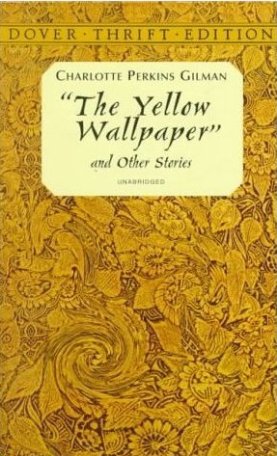I’m going to be completely honest, when I first saw that I was paired with Christina I was extremely nervous. I was always a good ![]() math student, but I haven’t studied math since senior year of high school. When I was substitute teaching in a freshman math class this year, I couldn’t even help my students work their graphing calculators. I was convinced I was going to fail this project and I had no idea what to expect. What kind of a text would I be assigned to read that was about math!?! I was also extremely unsure about how to explain my metacognitive process. I also have NEVER blogged before, so this whole assignment seemed overwhelming and like Dr. Johnson was personally out to get me (just kidding, Dr. Johnson!).
math student, but I haven’t studied math since senior year of high school. When I was substitute teaching in a freshman math class this year, I couldn’t even help my students work their graphing calculators. I was convinced I was going to fail this project and I had no idea what to expect. What kind of a text would I be assigned to read that was about math!?! I was also extremely unsure about how to explain my metacognitive process. I also have NEVER blogged before, so this whole assignment seemed overwhelming and like Dr. Johnson was personally out to get me (just kidding, Dr. Johnson!).
As the first half of this assignment started, I began to second guess the texts I had chosen within my discipline. The Yellow Wallpaper is a great short story, but it can be extremely confusing and frustrating to work with. If I was getting frustrated with it at some points, I could only imagine how Christina was going to feel, considering this is so out of her element. I was hoping she would have a good experience with the texts I chose (Which after reading her blog posts, I think she did !!)

As the weeks went on, I felt more comfortable with blogging and explaining my reading process to the “online world” (which is probably just of Christina and Dr. Johnson). I was surprised at how successful I was with testing out new strategies, like the week that I sketched my way through the reading of The Yellow Wallpaper. I will definitely encourage my future students to use different strategies in their reading, especially ones that are out of their comfort zone. I also think that it is important to read texts outside of your comfort zone as Christina and I did over the past three weeks. I think that we both learned more about ourselves as readers through working with texts of a different discipline. I think that working with different disciplines in this assignment can help all of us as future teachers, especially with the new focus on interdisciplinary work as per Charlotte Danielson and the new curriculum.
This assignment has really opened up my eyes to different reading strategies, and how important it is to take note of your reading process. By asking questions, doing research, collaborating with peers, and applying different techniques readers can really strengthen their reading skills as well as open themselves up to absorbing so much more than they normally would. I am so glad that I was paired with Christina for this assignment, because I learned a lot from her posts and different outlook on the texts we worked with. I think that after this project I can honestly say that English and Math can live happily ever after with one another!


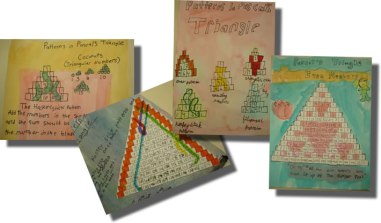
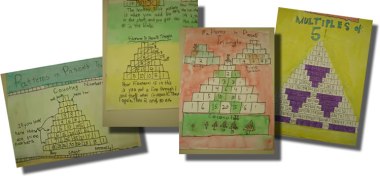
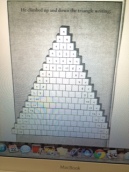
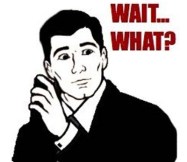

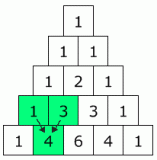
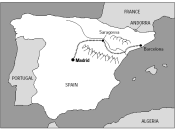
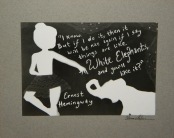
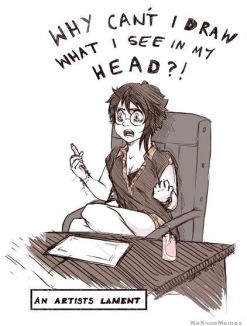

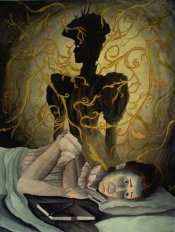 intertwined with the pattern on the wall. After I completed my reading, I was doing some research on the story and found this image. Although this isn’t how I pictured the woman within the wallpaper to look, I enjoyed looking through other images and seeing how other people interpreted the wallpaper to look.
intertwined with the pattern on the wall. After I completed my reading, I was doing some research on the story and found this image. Although this isn’t how I pictured the woman within the wallpaper to look, I enjoyed looking through other images and seeing how other people interpreted the wallpaper to look. 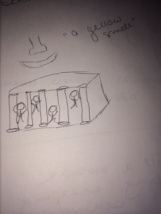 ay too much of the story… but it was a sketch and a little chart about a realization I came to about the story. The first sketch is of a nose, because the narrator says that after they have had so much rain and fog that the smell of the wallpaper is much more pungent. This struck me because she goes on and on about the smell, how it travels through the house, gets stuck in her hair. She describes it as “…a yellow smell” (682). This was very strange to me, especially when she says initially that the smell was tempting her to burn the house so she would not have to smell it anymore, but that it doesn’t bother her anymore. My final sketch that I will include in this post is of women behind bars. The narrator talks about the woman in the wallpaper, and how when the light hits the paper a certain way that it looks like she is behind bars (which I pictured to be like a jail cell). Later on, she talks about how sometimes it looks like there are many women behind the bars. I found it interesting and questioned where these other women came from, which is why I chose to sketch this out to try to help myself see it better and understand the meaning behind it.
ay too much of the story… but it was a sketch and a little chart about a realization I came to about the story. The first sketch is of a nose, because the narrator says that after they have had so much rain and fog that the smell of the wallpaper is much more pungent. This struck me because she goes on and on about the smell, how it travels through the house, gets stuck in her hair. She describes it as “…a yellow smell” (682). This was very strange to me, especially when she says initially that the smell was tempting her to burn the house so she would not have to smell it anymore, but that it doesn’t bother her anymore. My final sketch that I will include in this post is of women behind bars. The narrator talks about the woman in the wallpaper, and how when the light hits the paper a certain way that it looks like she is behind bars (which I pictured to be like a jail cell). Later on, she talks about how sometimes it looks like there are many women behind the bars. I found it interesting and questioned where these other women came from, which is why I chose to sketch this out to try to help myself see it better and understand the meaning behind it. 